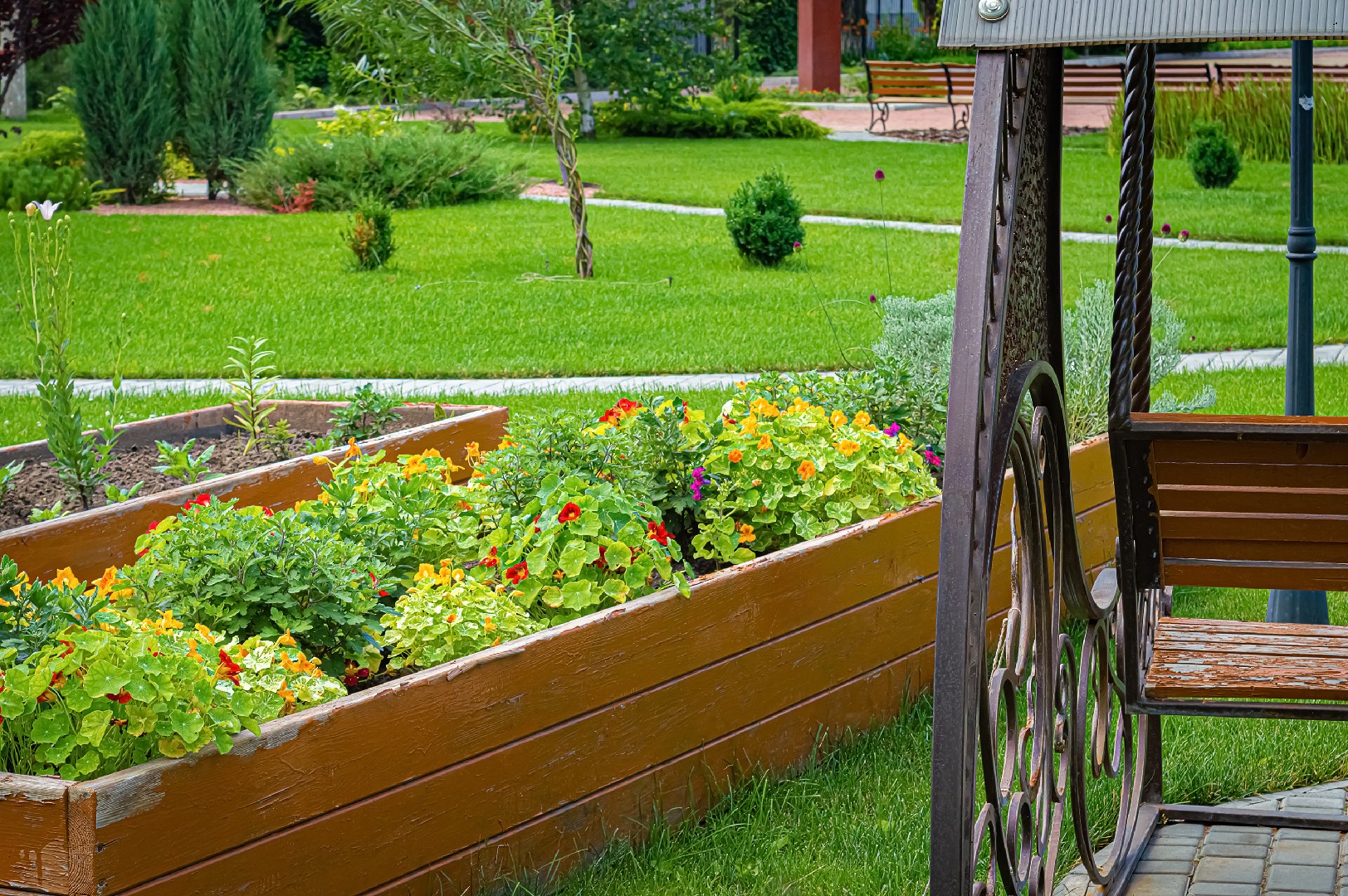![Rectangle]()
The Optimum use of Vertical Spaces
When it comes to creating a remarkable impact with small garden spaces, one of the key elements to consider is the optimum use of vertical spaces. Expanding your cultivation opportunities vertically not only adds visual interest to your garden but also maximizes the available space and allows you to grow a wide range of plants. In this section, we will explore some techniques and strategies for vertical gardening that can help you make the most of your small garden.
One effective technique for vertical gardening is the use of trellises. Trellises are structures that provide support for climbing plants, such as vines, cucumbers, and tomatoes. By attaching a trellis to a wall or fence, you can create a beautiful vertical display of plants while also saving valuable ground space. When choosing a trellis, opt for one that is sturdy enough to support the weight of the plants and easy to install. Additionally, consider the size of the plants you intend to grow to ensure the trellis can accommodate their growth.
Another method for utilizing vertical spaces is through the use of wall planters. Wall planters are containers that can be attached to walls or fences, allowing you to grow plants vertically. These planters come in various sizes and styles, ranging from pockets to larger containers, offering flexibility for different types of plants. When selecting wall planters, make sure they have proper drainage to prevent water accumulation and choose plants that are suited for vertical growth, such as herbs, strawberries, or succulents.
Hanging baskets are also a great way to add depth and height to your small garden. By suspending baskets from hooks or brackets, you can create a visually stunning arrangement while keeping the ground clear. When choosing hanging baskets, opt for lightweight options that can be easily hung from various locations, such as beams, trees, or pergolas. Consider the weight of the plants and make sure the hanging basket is securely attached to its support.
To make the most of your vertical garden, it's essential to select plants that are suitable for vertical growth. Some examples of plants that thrive in vertical gardens include climbing roses, passionflowers, ivy, and sweet peas. These plants not only add varying heights and depth to your garden but also provide beautiful blooms and foliage. Research the specific growth habits and requirements of the plants you choose to ensure they will thrive in your vertical garden.
In conclusion, the optimum use of vertical spaces is crucial for creating a remarkable impact with small garden spaces. By employing techniques such as trellises, wall planters, and hanging baskets, you can maximize your cultivation opportunities and create a visually stunning garden. Additionally, selecting suitable plants that thrive in vertical gardens will add depth and interest to your space. So, don't limit yourself to the ground – reach for the sky and explore the endless possibilities of vertical gardening in your small garden.





